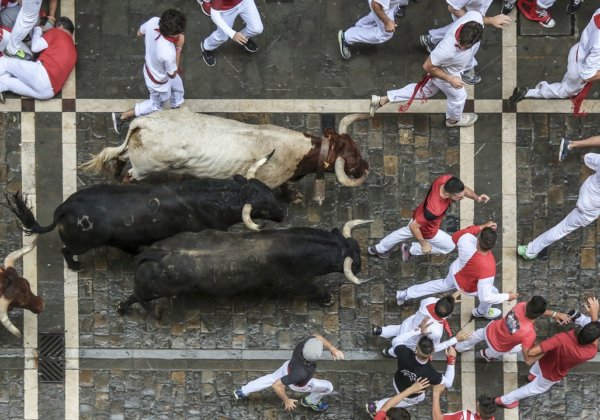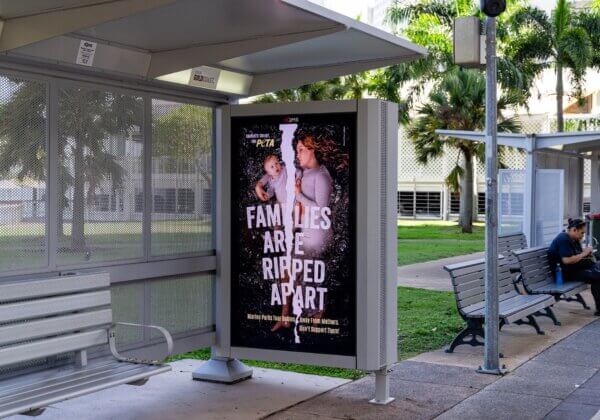Wellington Zoo Just Killed Some of Its Captive Baboons
Four baboons – Habib, Osiris, Les, and Rafiki – have been killed at Wellington Zoo.
The facility’s chief executive said the exhibit had become “untenable” for the primates, who had become aggressive with one another “after a breakdown in their social structure”.
Unfortunately, these animals are hardly the first who’ve been killed by their captors or the only ones forced to live with incompatible cagemates, with no means of escape.
 Elise McDonald, SAFE
Elise McDonald, SAFESpeak Up For Animals NZ and SAFE protest at Wellington Zoo.
 Elise McDonald, SAFE
Elise McDonald, SAFE
In 2015, a female gorilla named Julia, who had lived at Melbourne Zoo for almost two decades, was attacked and killed by a younger male gorilla named Otana, who had been transferred from a zoo in the UK.
Most zoo exhibits provide animals with few, if any, opportunities to express their natural behaviour or to make choices about their daily lives – including whom they socialise with – often leading to intense frustration and neurosis, which can manifest as repetitive movements such as pacing or swaying, chewing on fences, or even self-mutilation.
Many zoos also sell, trade, barter, and sometimes kill animals they no longer have a use for. In 2009, Dubbo’s Taronga Western Plains Zoo sold 24 endangered blackbuck antelopes to a member of the Shooters, Fishers and Farmers Party so that he could breed them and use the species for trophy hunting on a private game reserve. The zoo stated that the animals were “not required” in its collection.
In 2014, Copenhagen Zoo killed a 2-year-old giraffe named Marius, claiming that it had a surplus of the species, and fed him to the lions. Just a short time later, the same zoo killed four healthy lions to make room for a new male lion who was to be used for breeding. These kinds of “surplus management” decisions are made all the time at zoos, but they’re rarely made public.

Hamadryas baboons are not endangered, yet these animals have been bred in captivity simply to keep customers entertained –and Wellington zookeepers’ pockets lined – for more than 50 years.
It’s time humans stopped using animals for entertainment and financial gain. Stay away from zoos – and urge everyone you know to do the same.







